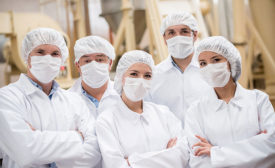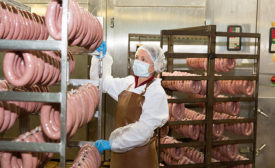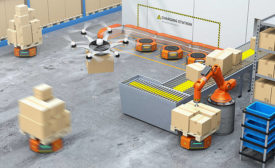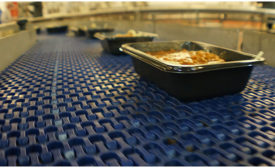Articles by Dr. John E. Johnson
2020 Food Safety Report | Business Strategies
Navigating complexity in a global supply chain
Read MoreEmployee Matters
Addressing workplace ergonomics in the meat processing industry
Protecting your 'industrial atheletes'
Read More
Business Strategies | Employee Matters
How the meat processing industry can attract and retain good employees
Read MorePlant Design & Management
Repair equipment, or replace it?
Guidelines for processors to consider when determining whether to replace, repair or re-engineer equipment in their protein-processing plants.
Read More
Stay ahead of the curve. Unlock a dose of cutting-edge insights.
Receive our premium content directly to your inbox.
SIGN-UP TODAYCopyright ©2024. All Rights Reserved BNP Media.
Design, CMS, Hosting & Web Development :: ePublishing









